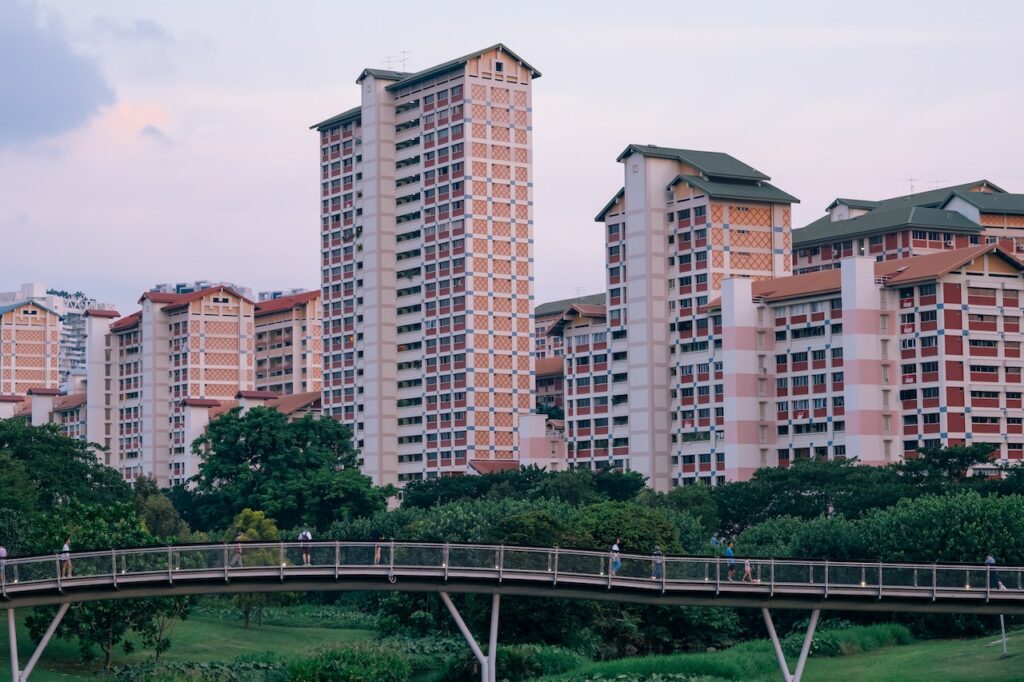The hot water temperature in apartment buildings plays a pivotal role in resident satisfaction and safety. Whether it’s for a warm shower, effective dishwashing, or other daily tasks, having access to hot water at the right temperature is fundamental. However, it’s equally vital to strike a balance that prevents scalding incidents and conserves energy.

Soloman Soh
Setting the Standard: Regulatory Guidelines
One of the primary considerations for apartment managers is adhering to regulatory guidelines regarding hot water temperature. The standard recommendation is to keep the temperature at or below 120 degrees Fahrenheit (approximately 49 degrees Celsius). This not only prevents scalding but also aligns with energy conservation goals.
Routine Maintenance Checks
To ensure that the hot water temperature in your apartment building remains consistent and safe, regular maintenance checks are imperative. Plumbing systems can experience fluctuations, leading to inconsistent water temperatures. A proactive approach to maintenance helps identify and rectify issues promptly.
Investing in Modern Temperature Control Systems
Upgrade your apartment building’s hot water systems by investing in modern temperature control technologies. Smart thermostats and control valves allow for precise temperature management, ensuring that residents have access to hot water at their preferred comfort levels while maintaining safety standards.
Educating Residents: Safety First
Communication is key when it comes to managing hot water temperatures in apartment buildings. Educate residents about the importance of reporting any irregularities in water temperature promptly. Encourage safe usage practices, especially for families with young children or elderly residents who may be more susceptible to burns.
Efficient Insulation for Hot Water Pipes
Loss of heat through uninsulated pipes can lead to increased energy consumption and inefficient hot water delivery. Ensure that the hot water pipes in your apartment building are well-insulated to maintain the desired temperature while reducing energy costs.
Monitoring and Analytics
Implementing monitoring systems and analytics tools can provide valuable insights into hot water usage patterns in your apartment building. This data can help optimize temperature settings, identify potential issues early on, and contribute to more efficient energy management.

Pixabay
Community Feedback and Continuous Improvement
Lastly, fostering a sense of community feedback can be instrumental in continuously improving hot water temperature management. Encourage residents to provide input on their experiences, and use this information to make informed decisions for the overall satisfaction of the apartment community.
Managing hot water temperature in apartment buildings requires a holistic approach that considers both comfort and safety. By adhering to regulatory standards, conducting routine maintenance, investing in modern technologies, educating residents, insulating pipes, implementing monitoring systems, and valuing community feedback, apartment managers can create an environment where the optimal hot water temperature is a seamless and safe experience for all residents.
